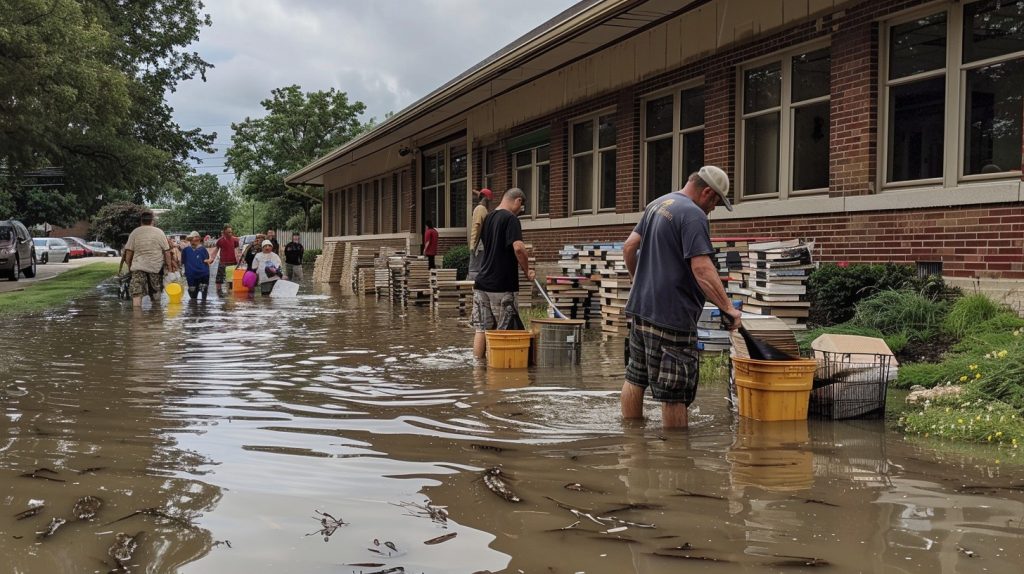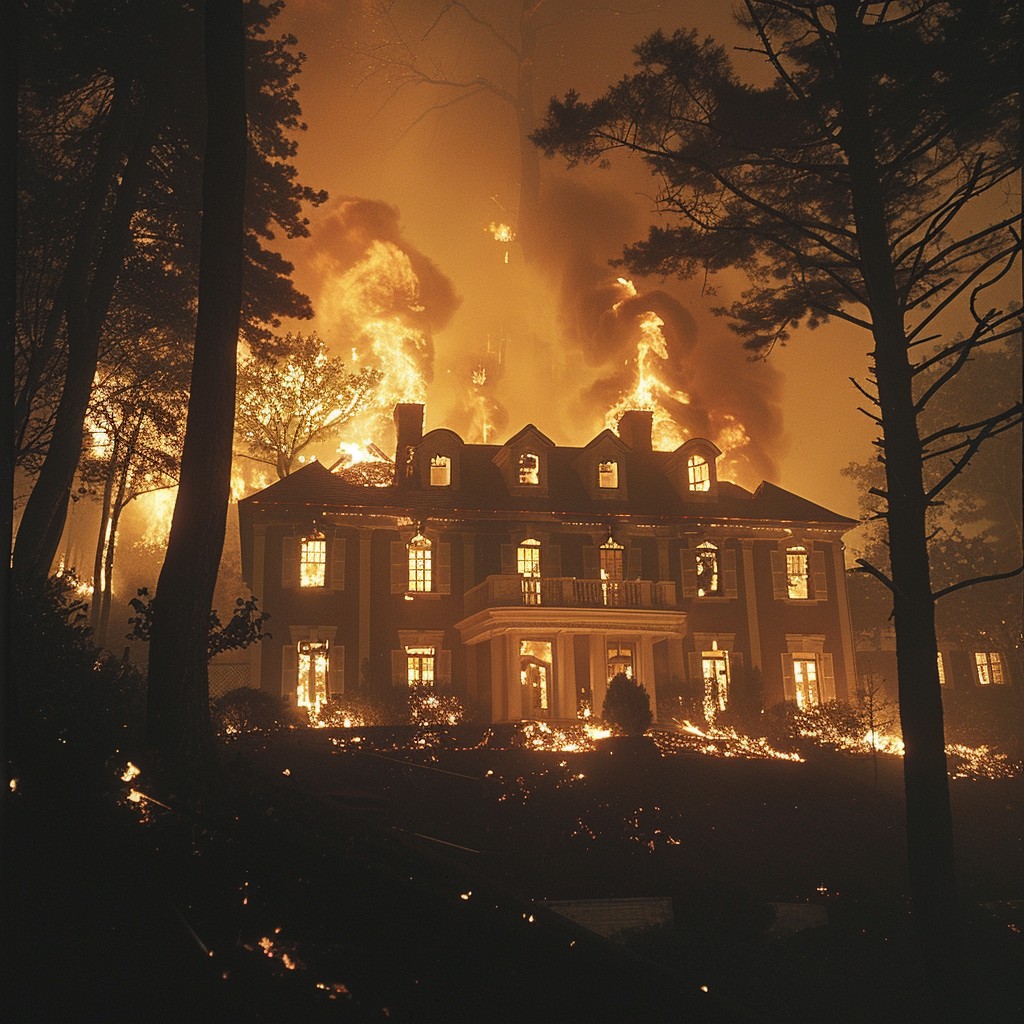Building insurance is a fundamental safeguard for homeowners, protecting against unexpected damages and financial losses. Understanding its intricacies—like what it covers, why it’s important, and how costs are determined—can help you make informed decisions.
This article explores the factors influencing building insurance costs, from location and property condition to available coverage options. It also provides practical tips for calculating and potentially reducing your premiums, securing that you get the best value for your investment.
Building Insurance Cost UK: All You Need to Know
Understanding Building Insurance
Building insurance is a type of property insurance in the UK that safeguards the structure of a home or other property from damage. The insurance covers the building against risks such as fire, flood, theft, and other natural disasters.
It protects homeowners, property owners, and landlords by limiting the financial repercussions of unexpected incidents through appropriate coverage.
What is Building Insurance?
Building insurance is a type of property insurance that protects homeowners from financial losses due to damage to the physical structure of property caused by risks such as fire, flood, or subsidence. In simple terms, this insurance provides homeowners with the reassurance that the costs associated with repairs and reconstruction following an unexpected disaster will be covered by the insurance company rather than falling on them.

Building insurance policies typically encompass coverage for the actual dwelling, permanent fixtures, and sometimes additional structures like detached garages or garden sheds. They cover a wide range of risks, including theft, vandalism, and extreme weather; however, there are exclusions for normal wear and tear, as well as damage caused by insects or vermin.
Insurance companies play a fundamental role in assessing risk profiles, determining appropriate premiums, and assisting with the claims process.
Why is it Important?
Building insurance offers several advantages, including financial security for homeowners and protection from significant costs associated with repairs and restoration following events such as natural disasters or fire damage. It helps minimise the financial impact of unforeseen events and simplifies the claims process, allowing individuals to recover and rebuild more efficiently.
Additionally, the availability of customised coverage options enables homeowners to tailor insurance to meet specific needs. Ultimately, building insurance provides property owners with peace of mind, knowing investment is protected, which improves overall financial stability and planning for the future.
Factors that Affect Building Insurance Cost
Several factors influence the cost of buildings insurance, including location, property type, building age, condition, and risk assessment.
Pro tip:
Understand factors to identify reasonable premiums that provide adequate buildings insurance coverage.
Location and Risk Assessment
The location of your property is one of the most significant factors influencing your building insurance cost. Insurers conduct a thorough assessment of the risk factors in your area, which includes evaluating the risks of natural disasters and crime rates.
Assessments often consider geographical elements such as elevation, proximity to coastal regions prone to hurricanes, and whether the area is known for high seismic activity. Local building regulations also play a fundamental role; regions with stricter regulations tend to construct homes that are more resilient to damage.
Conversely, properties located in safer areas with numerous safety features may have lower insurance costs, illustrating the substantial impact of location on insurance rates.
Building Age and Condition
The age and condition of your building are critical factors for insurers, as older structures typically require more maintenance and are often associated with conditions that increase building insurance premium costs. This is especially true for issues such as outdated wiring, plumbing problems, or structural integrity concerns that may arise in older homes.
Insurers frequently conduct property valuations to assess factors before providing final insurance quotes. Homeowners will reduce costs by performing regular maintenance and addressing potential problems before they escalate.
Additional Coverage Options
Homeowners have the option to enrich building insurance policies by adding various coverage options, including liability protection, endorsements for unique risks, and temporary accommodation in the event of home repairs. Additional coverages provide valuable peace of mind by providing better protection against unexpected circumstances.

For instance, liability protection safeguards against legal claims arising from accidents on the property, while endorsements offer coverage for specific items, such as art or jewellery, which may not be fully reimbursed under standard policies. Temporary accommodation coverage will alleviate financial pressure by covering living expenses if repairs make the home uninhabitable.
The costs and policy limits for options will vary significantly, so it is necessaryfor homeowners to carefully assess their needs and review any potential exclusions before deciding to invest in additional protective coverage.
Calculating Building Insurance Cost
The cost of building insurance is calculated using a complex formula that takes into account factors such as the property’s insured value, claims history, and other variables.
However, estimates will be made using a building insurance calculator.
Factors to Consider
Several factors influence the costs of building insurance, including the policy limits, excess amounts, and specific coverage limits of your insurance policy.
Additionally, it is important to consider the financial rating of the chosen insurance provider, as this reflects the company’s ability to fulfill claims when needed. The location of the property also plays a significant role, as certain geographical risks, such as natural disasters or floods, may limit available coverage options.
Furthermore, understanding the difference between replacement cost and market value guarantees the insured amount is sufficient for adequate coverage.
Estimating the Cost
Homeowners should obtain and compare multiple insurance quotes based on the market value of the property to estimate the cost of building insurance. While this process may initially seem overwhelming, online tools will simplify it significantly.
Pro tip:
Enter basic details about the property, such as its location and square footage to quickly receive a range of quotes from reputable insurance firms.
Additionally, monitoring trends in the insurance market will help homeowners understand changes in premium rates, enabling them to make financially sound decisions.
Reducing Building Insurance Cost
The cost of buildings insurance will be reduced through the following:
- no-claims discount
- multi-policy discounts
- adding safety features to the house
Tips for Lowering Premiums
You will lower your building insurance costs by maintaining the property, enhancing security, and regularly reviewing your policy with your insurer.
Homeowners will achieve this by:
- Installing smoke alarms
- Securing windows
- Using weather-resistant materials for repairs
Keeping documentation of upgrades allows you to demonstrate to your insurer that your home is safer and more resilient. Always inquire about available discounts for specific upgrades or improvements. Additionally, ask if any changes to your coverage could reduce costs without compromising protection.
Potential Savings and Trade-Offs
When exploring ways to save on building insurance costs, homeowners must carefully consider the trade-offs between lower premiums and the adequacy of coverage options, such as the amount of excesses and the number and type of exclusions. Striking the right balance is fundamental, as under-insuring against certain risks will lead to devastating financial consequences when hazards occur.
Many people neglect to regularly review building insurance policies, not realising that doing so will create opportunities to upgrade coverage while staying within budget.
Pro tip:
Explore various policy options to confirm you are reducing costs and minimising risks.
Understanding the terms of coverage, including classifications and limits, gives the power to homeowners to make better financial decisions in the long run, ultimately protecting assets from unexpected liabilities.
Frequently Asked Questions
What factors affect the building insurance cost in the UK?
The building insurance cost in the UK will be affected by a variety of factors, including the location of the property, the age and type of building, the size and value of the property, and the level of coverage required.
Are there different types of building insurance in the UK?
Yes, there are different types of building insurance in the UK, including buildings insurance, contents insurance, and combined buildings and contents insurance. It is important to understand the differences between types of insurance and choose the one that best suits your needs.
Can I save money on my building insurance in the UK?
Yes, there are several ways to save money on building insurance in the UK. Some insurance providers offer discounts for things like having a good security system in place, being a member of certain organizations, or having a no-claims history. It is also a good idea to compare quotes from different insurance companies to confirm you are getting the best deal.
Do I need building insurance if I own a flat in the UK?
Yes, if you own a flat in the UK, you will need building insurance. However, the type of insurance you need may depend on whether you own the freehold or leasehold of the property. If you are a freeholder, you will need buildings insurance to cover the structure of the building, while if you are a leaseholder, this may be covered by the landlord or management company.
What is typically covered by UK building insurance?
The coverage of building insurance in the UK may vary depending on the specific policy. Still, typically it will cover damage to the structure of the building, including walls, roof, and floors caused by events such as fire, storm, or theft. Some policies may also include coverage for other structures on the property, such as sheds or garages.
Can I get building insurance for a listed property in the UK?
Yes, it is possible to get building insurance for a listed property in the UK. However, due to the unique characteristics and potential risks associated with listed buildings, it is important to find an insurance provider that specialises in listed properties and will provide appropriate coverage. The cost of insurance for a listed property may also be higher than for a non-listed property.
